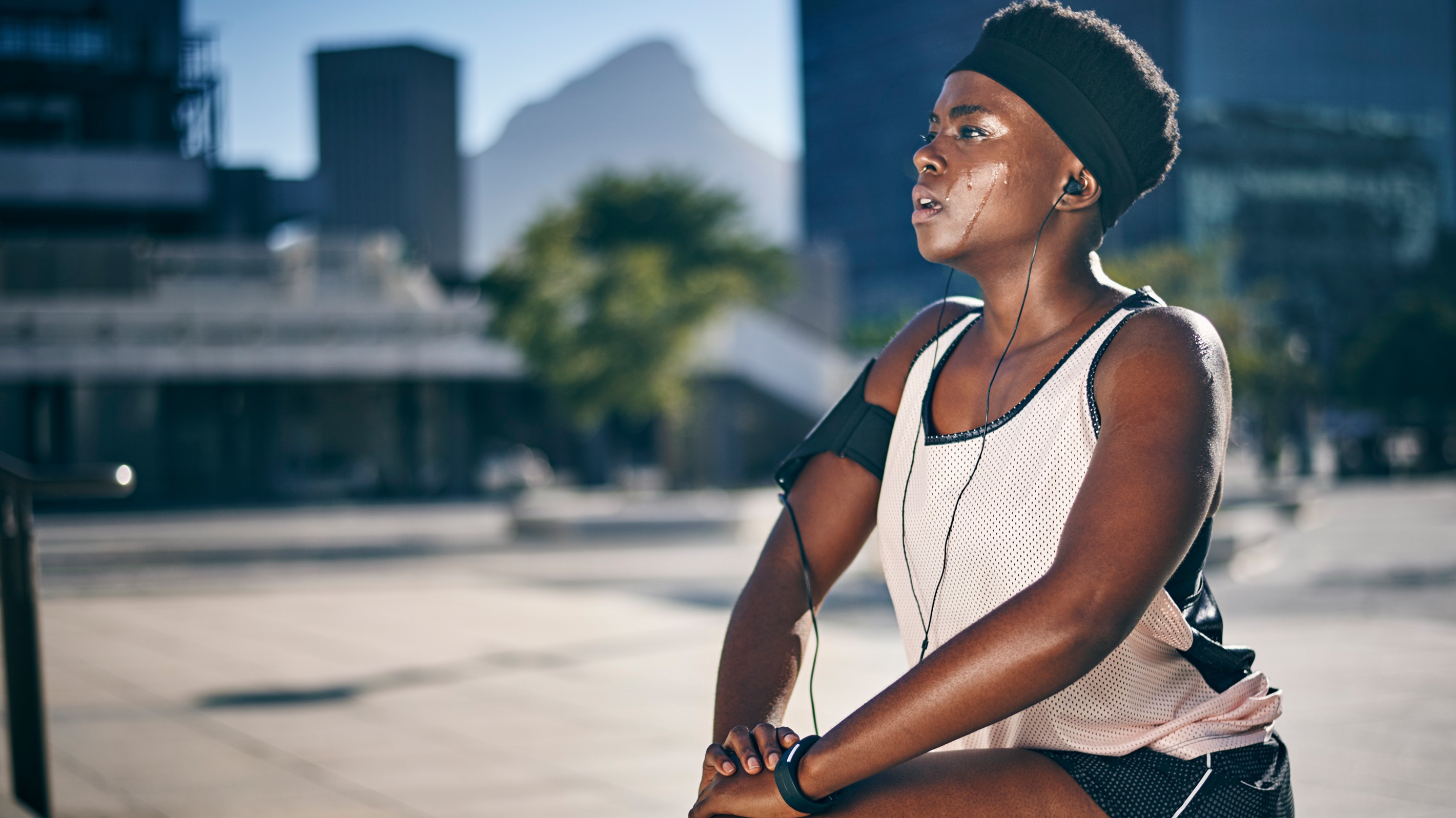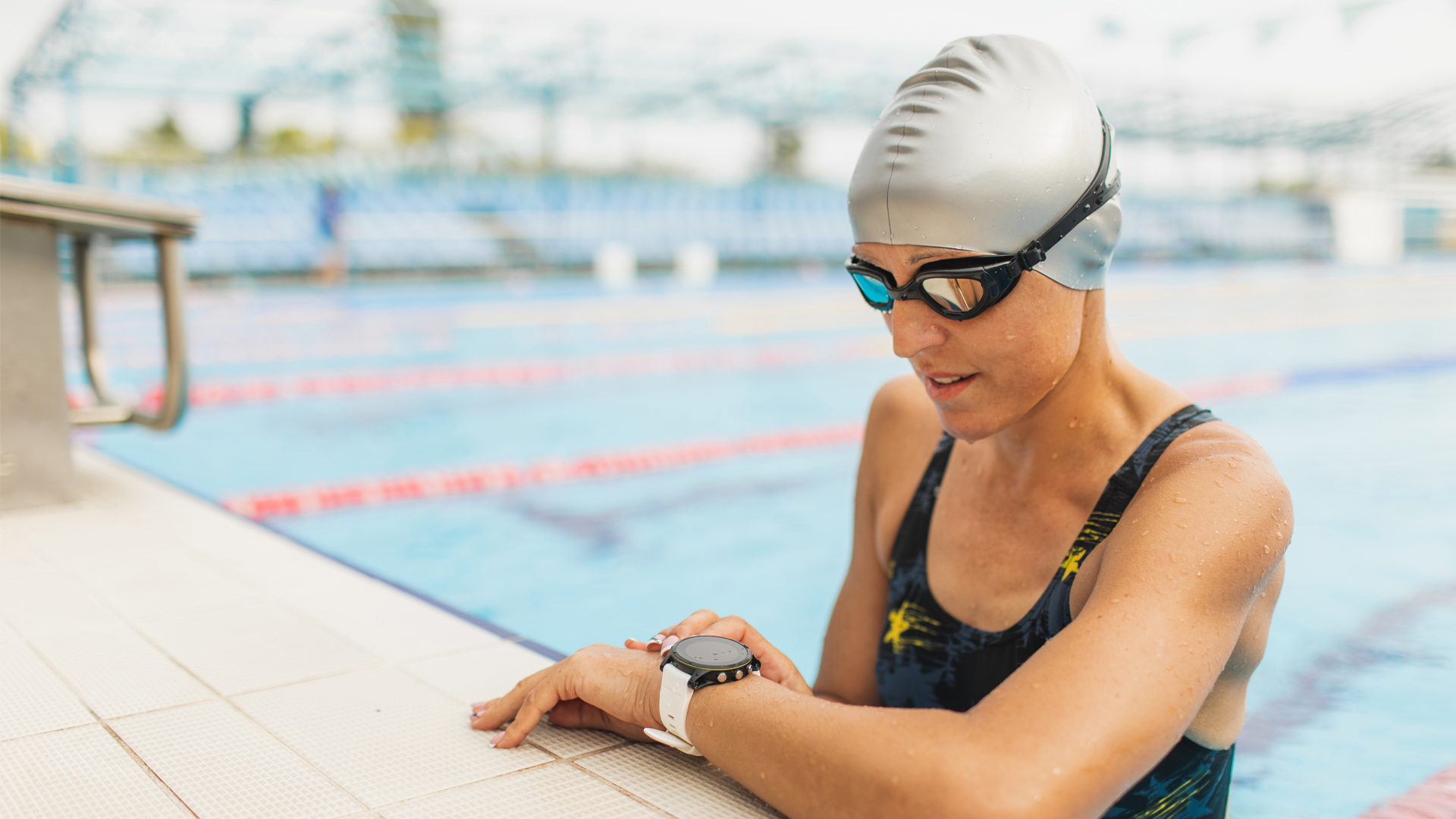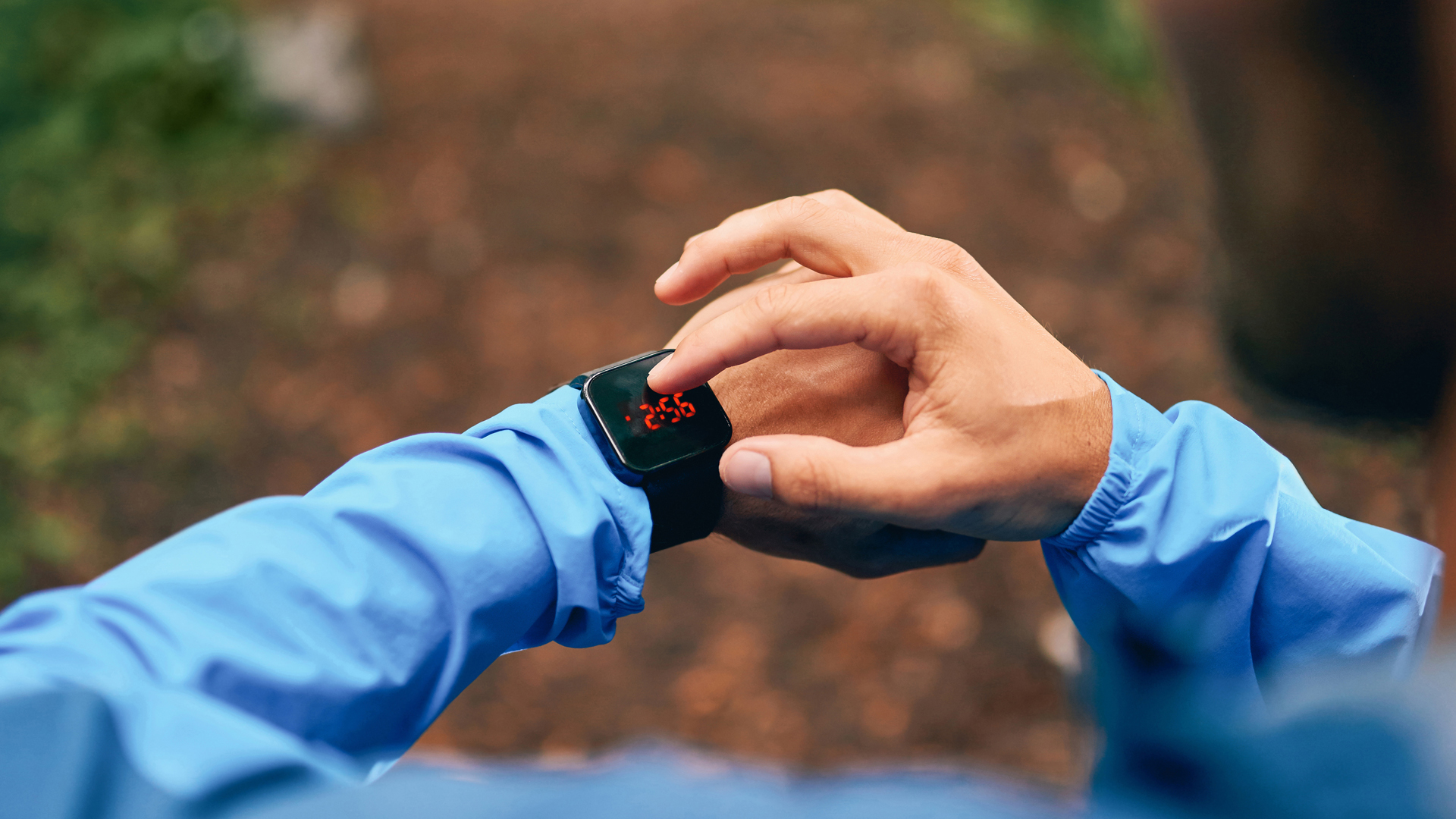How to track workouts – with and without tech
Monitor your training for optimum results

Regardless of your training level, understanding how to track workouts can elevate your fitness goals, results, and progress. It can also be hugely motivating and is particularly beneficial if you’re trying to achieve a specific goal or even just move more often.
Many of the best fitness trackers and smartphone apps will allow you to monitor your performance in various ways across multiple sport and exercise modalities such as swimming, cycling, and high-intensity training.
But what’s the best way to track workouts? And what tech is most helpful? We asked some top performance coaches and personal trainers for tips.
Choose a wearable
Choosing the right tech is entirely dependent on your goals and training methods. If you’re geared more towards high-intensity workouts, you may want to consider tech that can monitor your active heart rate zones, whereas keen swimmers may focus more on stroke, distance, and pace. The bottom line – decide what metrics matter to you.
“We mostly recommend Apple or Fitbit tech to our clients and the MyFitnessPal app for tracking nutrition,” says Matthew Jones, performance coach and personal trainer at online training platform P3RFORM. “These provide a good base level of data that we can help our general clients to understand. For high-performance clients, we tend to recommend Apple or Garmin watches for recording their training and Strava for tracking their data in more detail. Our coaches can then dive into this and provide a more detailed training plan.”
Most wearables and smartphones now offer a variety of apps for monitoring your workouts and progress, but this isn’t exactly helpful unless you know what the data means and which metrics are relevant for you – so here’s what you should look for.

Track your heart rate
Your heart rate is a reliable indication of workout intensity and can tell you a lot about your fitness levels and recovery rate. Heart rate monitors are available on most wearables, and track the percentage of your max heart rate to help you train more efficiently.
Sign up for breaking news, reviews, opinion, top tech deals, and more.
You can calculate your max heart rate by subtracting your age from 220. So someone aged 30 would have a max heart rate zone of 190. Once you’ve got this number figured out, it’s easier to figure out which ‘zone’ you’re targeting during a session.
Heart rate zones
- 60-70% max heart rate (or lower): Generally great for recovery runs and endurance training.
- 70-80% max heart rate (aerobic zone): The ‘fat-burning’ state. Training in this zone can help build stamina.
- 80-90% max heart rate (anaerobic zone): Your body uses glucose for fuel when working in this zone. It can be beneficial for improving your speed and lactate threshold and is useful for any high-intensity interval training (HIIT). It’s also an effective calorie-burner.
- 90-100% max heart rate (VO2 max zone): This can only be sustained for short periods, such as sprint training, as your body works to its max oxygen capacity.

GPS and step tracking
All fitness trackers and smartwatches contain an accelerometer to track the number of steps you take during a day, and encourage you to hit a certain target. Many devices advise you to aim for 10,000 steps per day (this is the default target given by all Fitbits, for example), but you can usually set a custom goal if that figure doesn’t work for you. Some watches even give you a target that changes based on your activity levels; as you start to move more, your step goal increases to keep you motivated.
For more detailed tracking, many devices also use GPS to monitor your location while you’re outdoors. They can then use your distance travelled and speed (together with factors like weight and heart rate) to work out how many calories you’re likely to have burned.
Entry-level sports watches and fitness trackers typically use ‘connected GPS’ to record your route and speed during outdoor activities like walks, runs, and bike rides. These watches don’t have their own GPS unit; instead they rely on a Bluetooth connection to your phone to monitor your position.
More advanced devices have their own built-in GPS chips, which means they can monitor your whereabouts without the need to carry your phone. This can be particularly useful if you’re running and want to leave your handset at home. On-board GPS is typically more accurate than connected GPS, too.

Are fitness trackers accurate?
The honest answer is yes and no. While some data (like distance and daily steps) is usually fairly accurate, some issues remain with metrics like calories burned and heart rate monitoring.
“Heart rate data isn’t always the best as it requires good quality contact at all times between the watch and client,” says Jones. “Our recommendation would be to purchase a heart rate strap if you want to accurately record your heart rate during exercise. For calories burned, the data produced from 99% of tech on the market is massively overestimated. As a coach, I wouldn’t recommend my clients rely heavily on the calories data that their watch provides.”
Sarah Campus, a personal trainer, nutrition coach, and founder of LDN Mums Fitness, agrees that it’s best to approach data tracking with a degree of caution.
“The correct tech can be great for heart rate training, but only when you really understand the numbers and what you’re trying to achieve,” she explains. “It’s less great when it overestimates your calorie burn, as most cardio machines and watches do.”
You can still use your data to monitor general trends in your metrics – if your heart rate and calorie-burn is higher during a session, then it shows you’ve worked particularly hard. It’s worth investing in one of the best heart rate monitors if you’re determined to get an accurate read on your pulse.
Track your workouts without tech
Certain types of workouts require dropping the tech and going old school.
“In my opinion, tracking your heart rate in a weight training session wouldn’t provide you with necessarily useful data,” says Jones. “It won’t provide an adequate picture of the difficulty of the session, or the calories burned, due to the periods of recovery between sets and exercises.”
Keeping a note of sessions (in your phone or using a journal) is far more useful if you’re working on a strength training gym program. It’s important to note down your reps, sets, rest periods, and weights during a session to see if you’ve reached a plateau. There are specific apps you can use for this – like Strong Workout Tracker.

Rate of perceived exertion
With so much exciting tracking tech available, it’s easy to forget the number one rule – listen to your body. “I love data, but some people may find it discouraging if they do not improve as quickly as they hoped,” says Mollie Millington, a personal trainer and UK Athletics coach.
Logging and monitoring every aspect of fitness creates a real risk of becoming obsessive and anxious. So, what’s the solution? Millington is a fan of judging by your rate of perceived effort (RPE) instead. “Your effort level is reflected in whether an exercise seems easy or hard,” she says. “You can also use an RPE scale to check that you’re working in the right zone.”
If you’re being a purist about the no-tech approach, you could try jotting down your reps and weights next to your RPE. But if you’ve got your mobile on you, it’s easy to write this all down in your notes app.
Julie Penfold is a freelance health journalist who is a keen swimmer, runner and yoga enthusiast. She’s currently nursing a shoulder injury that requires surgery so isn’t able to be as active as she would like at the moment. She’s also a big football fan and has supported Sunderland for many years, through the disappointing (but occasionally exciting) times.
